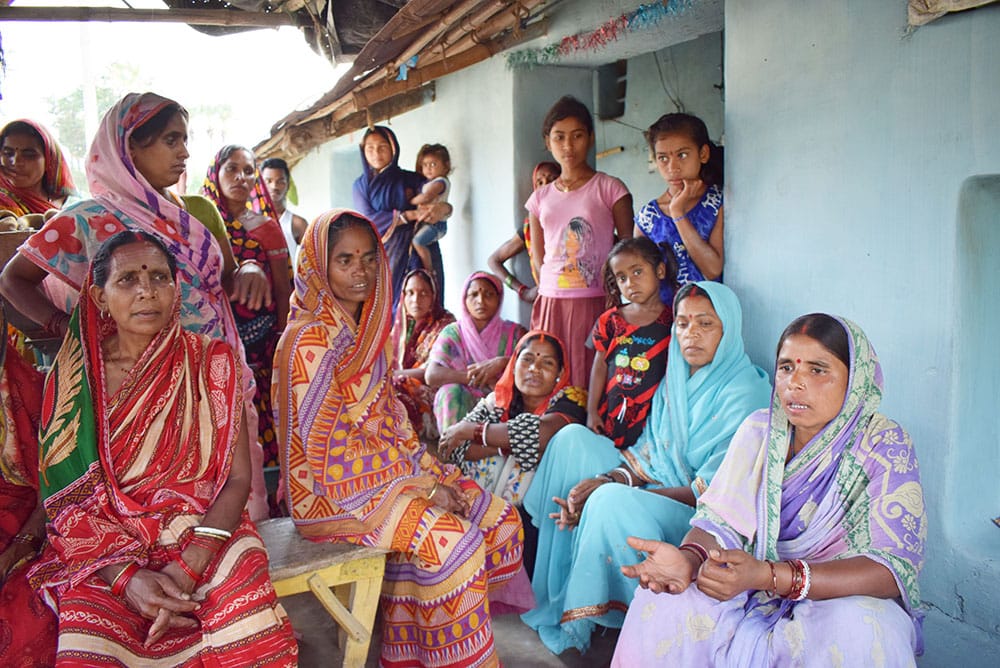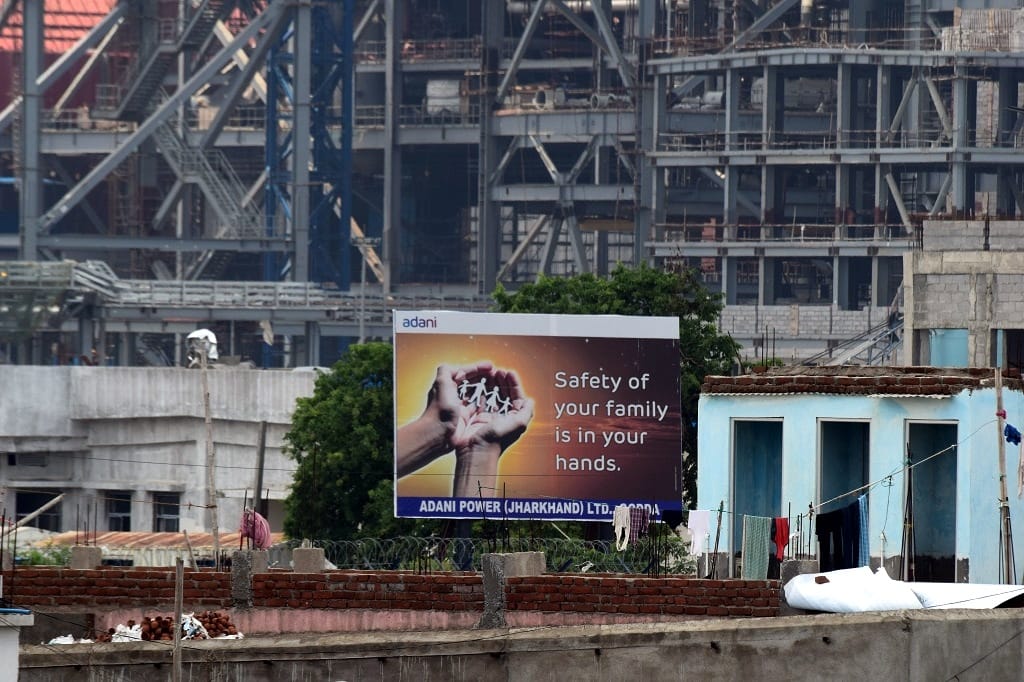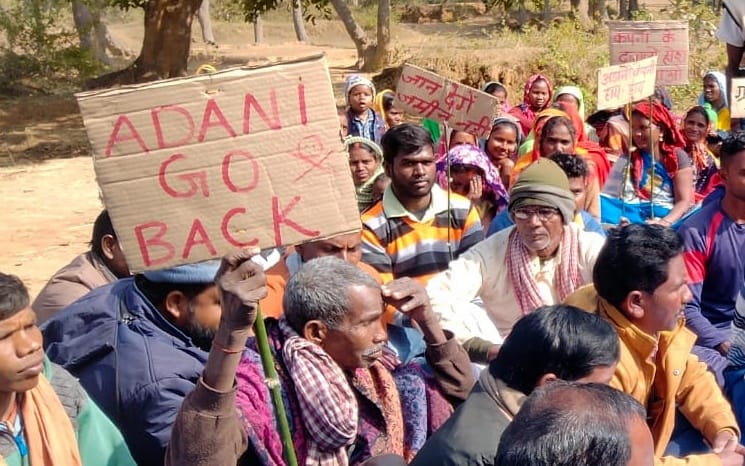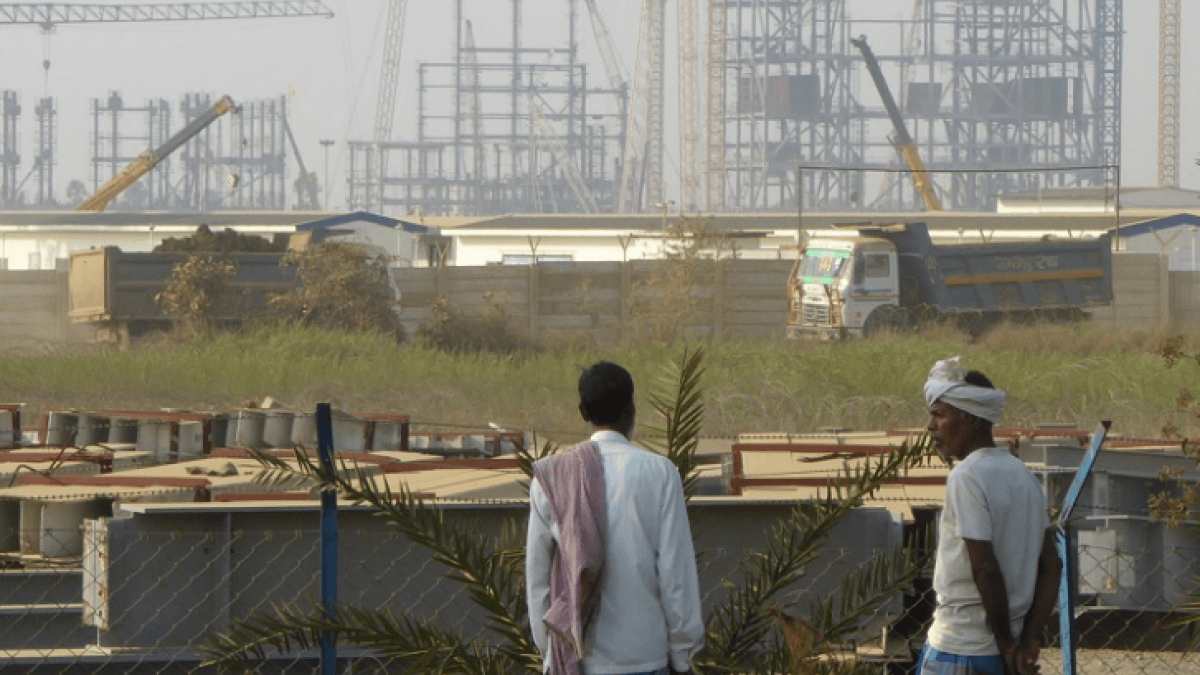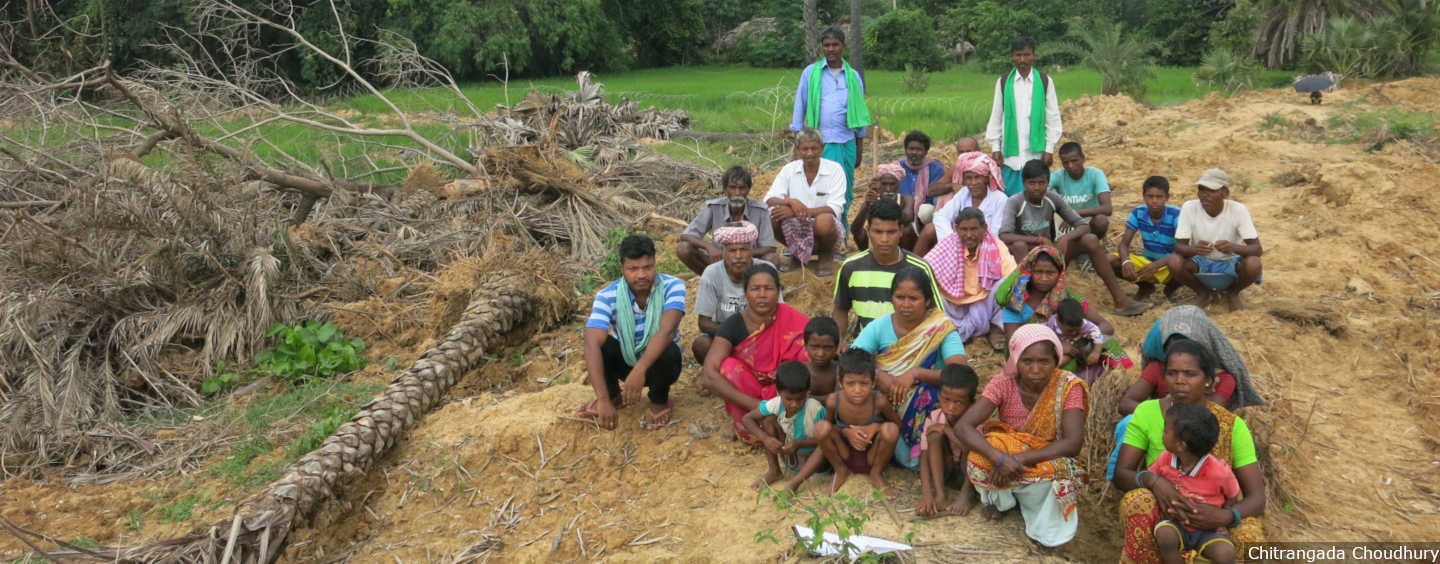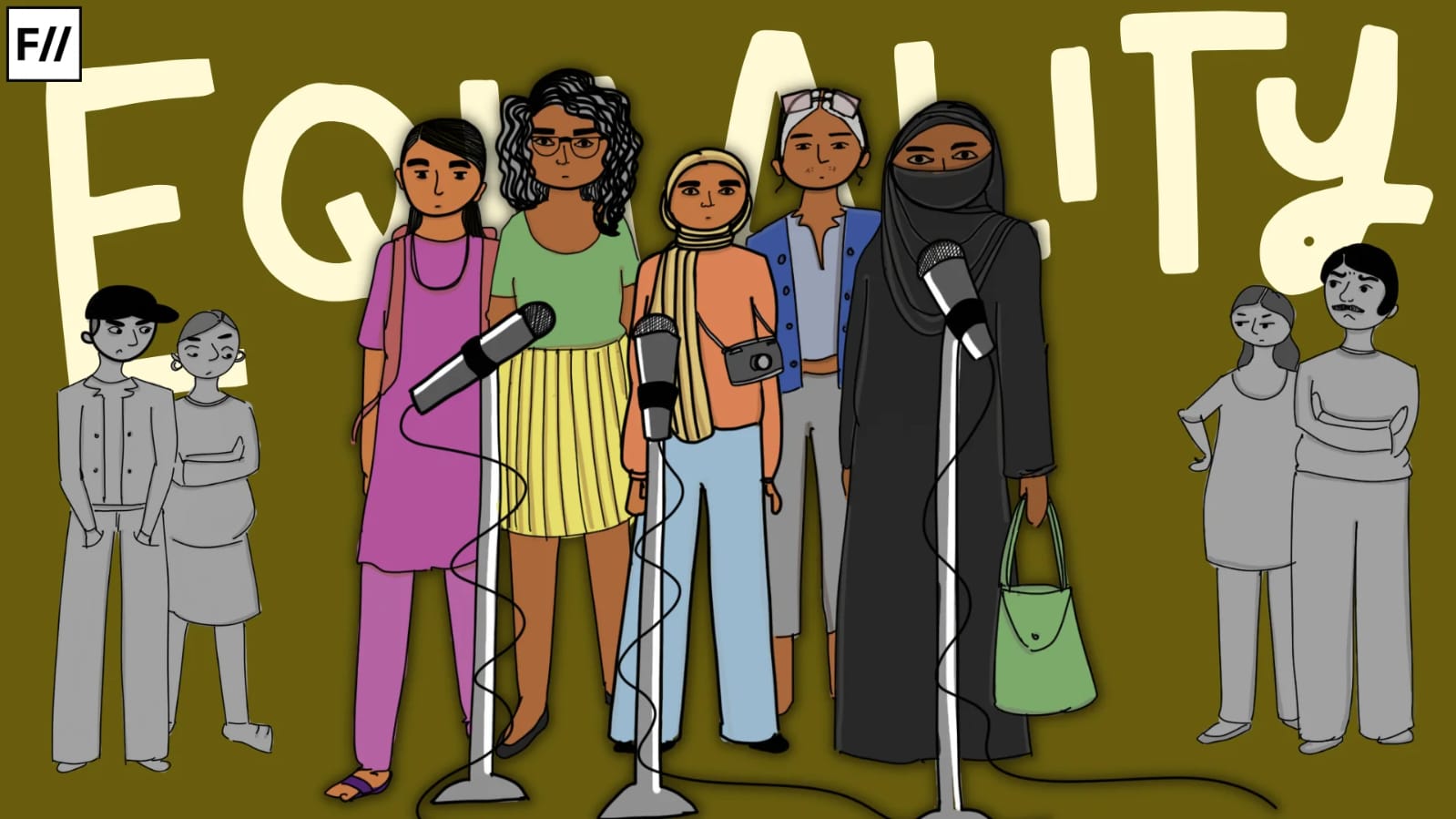On 24th April 2025, workers and villagers—many of whom had earlier surrendered their land and had been on a hunger strike for nearly three weeks—ended their protest under pressure, reluctantly accepting temporary contractual jobs they had been opposing. This decision came after assurances from local authorities that they would be granted permanent positions in the Adani Power Plant Group. However, the absence of any written agreement sparked concern leaving the workers trapped in yet another cycle of uncompensated land acquisitions, job insecurity and further impoverishment.
In light of this recent development, following many others instances of unfairly compensated land acquisition combined with degradation of land and impoverishment of the region, it is important to analyse the impact of such projects-not just economic but socio-cultural impacts-and assess whether the benefits outweigh the costs taking into account all stakeholders
The context: Adani’s power plant in Godda
While the plant was commissioned in 2023, the Adani power plant’s construction had started in 2018 itself and the process for land acquisition began in 2017. The plant, which is built in and operated from Jharkhand’s Godda district was a 1600-megawatt powerplant and the only one that generates and supplies power exclusively to a foreign country-that of Bangladesh. In 2018, the government had framed detailed guidelines on such generators that supply power to a foreign country-till now Adani being the only one.
In 2018, the government also sought to amend rules to grant the power plant the status of a Special Economic Zone, so that it was exempted from paying many taxes and duties.
Since its inception, the Adani power plant has been mired in controversies, being under criticism from human rights activists, environmental activists and members of the local community alike in addition to its standoff with the government in Dhaka which has accused it of overcharging for electricity supply.
However, fewer eyes have gone to it’s impact on the local community-that is, the residents of Godda district, both in terms of the livelihood and quality of life of its residents and environmental impacts.
The perceived unfair distribution of resources derived from the land, coupled with the disruption of their livelihoods, has left residents in a prolonged state of unease.
The perceived unfair distribution of resources derived from the land, coupled with the disruption of their livelihoods, has left residents in a prolonged state of unease. Further, fear of job insecurity and other unfulfilled promises of development have triggered further protest
The protest in April
For the residents, the boiling point occurred when a number of them received a mail on March 30 stating that the workers were being hired by a company named Riddhi Corporate Services, for their client Adani Power. The mail also stated that the date of joining had been two years ago, i.e., March 30.
Previously, according to the report of the project’s Rehabilitation and Resettlement Committee, every family that gave up two or more acres of land to the project would be guaranteed one job or Rs 5 lakh, in addition to the financial compensation they had received for their land.
Most workers had accepted the jobs in order to be assured of a regular source of income. However, the prospects of contractual employment instead of a regular job at the Adani company itself has threatened their survival as after the contract ends, they have no means of livelihoods having already given up their lands.
Further frustration arose over the haphazard and unfair nature. For example, many landowners were shifted from one training programme to another and finally employed in an unrelated field leading to waste of time and efforts on their parts.
The concerns of the workers were addressed on April 10th by Sanjay Yadav, the member of the legislative assembly of the Godda constituency and Jharkhand’s minister for labour and employment. However, no definitive promises were made. On April 24th they accepted the jobs under local leaders’ assurances. However, no action on the nature of workers’ employment has been taken till now.
Basic facilities and other concerns regarding the Adani power plant
However, employment has not been their only concern. Since the arrival of the Adani plant, the villages have faced issues pertaining to groundwater depletion, irregular electrical supply, and environmental pollution. The villagers were promised free electricity within a five km radius of the power plant. However, two years after the project has become operational, the villages continue to face erratic power supply. Further, promise of a fully stocked healthcare centre and health camps, quality schools for education, etc. have all been unsatisfactory to the villagers.
Further, promise of a fully stocked healthcare centre and health camps, quality schools for education, etc. have all been unsatisfactory to the villagers.
Even though the environmental clearance compliance report prepared by the company in September 2024 stated that it had undertaken ‘various community development activities in Education, Community Health, Sustainable Livelihood, Rural Infrastructure Development and Climate Action verticals‘, benefiting ‘5 lakhs people directly and 13.77 lakhs people indirectly‘,
Surveys conducted with actual residents reflected dissatisfaction with facilities which did not meet their basic needs. Further the Adani power plant has contributed to increase in water pollution and air pollution in the area
Privatisation of electric facilities: a threat to communities
The standoff at Godda reflects a deeper, long-standing conflict between the local community and a state increasingly aligned with the privatisation of common resources. Despite claims that such power plants promote development through job creation and income generation, evidence suggests that these benefits are often short-lived and tend to favor skilled workers brought in from outside the region. For the local population—especially those with limited formal education—the abrupt shift from traditional, agriculture-based livelihoods to industrial work has been particularly harsh. The erosion of indigenous skills and knowledge systems, without adequate support or reskilling, has left many worse off than before.
It’s true that laws such as Land Acquisition Law of 2013 (commonly know as LARR) have helped establish a more transparent and fair process for land acquisition, yet studies consistently show that they usually undervalue agricultural land, putting farmers at a disadvantage.
Further, economic value of the land is not the only factor impinging upon the quality of the lives of the community. The compensation packages are frequently inadequate and fail to account for the long-term socioeconomic needs of displaced families. This is exemplified by the fact that no measure is included to assess the environmental degradation including air and water pollution. It was found that there was a significant rise in respiratory diseases in communities residing close to coal-fired plants in India.
It was found that there was a significant rise in respiratory diseases in communities residing close to coal-fired plants in India.
Further studies note that especially in coal producing areas, such as Godda, there is a double burden of environmental degradation and decreasing agricultural productivity due to water pollution and air pollution.
Questions of income and employment further do not affect communities equally. It was noted that gains of industrialisation are unevenly distributed, such that the main beneficiaries are usually the industrial elite, while other vulnerable groups such as the tribals and smallholder farmers remain marginalised.
The experiences of the residents of Godda reflect all of these findings. In the years after the building of the Adani power plant, they have lost their lands, a secure source of income and have had to battle with infrastructural shortage and environmental degradation. As with many other such compensation projects, the ‘benefits’ of the Adani project and the namesake efforts to provide employment and stimulate economy in the area have accrued to those who already possessed the required capital and skill thus exacerbating inequalities.
It is clear, to avoid such conflicts in the future, a participatory approach to decision making and project-building involving primarily community members and environmental activists is vital so that impacts and costs can be evened out.
About the author(s)
Sohalika Shrivastava is a 3rd year student at IIT Madras out and about to carve a niche for herself. In her free time she likes to read about and learn animal fact
